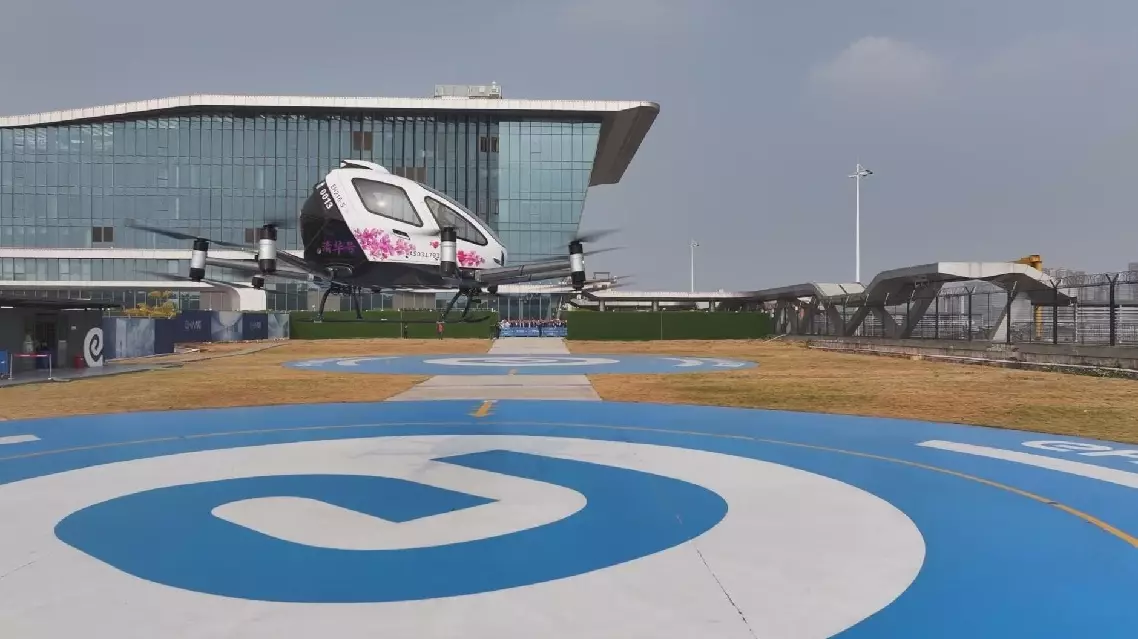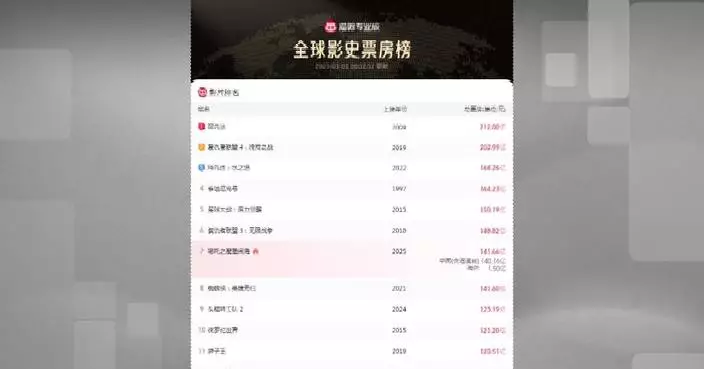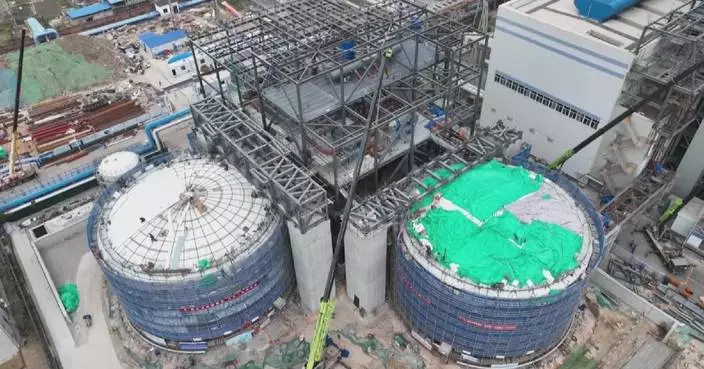The August 1 Aerobatic Team of China celebrated the 75th founding anniversary of Chinese People's Liberation Army (PLA) Air Force on Monday, one day ahead the 15th China International Aviation and Aerospace Exhibition, with stunning performances.
A total of six aircraft participated in the performance.
The fighter jets managed to maintain the same distance to each other when performing various flight maneuvers, indicating high proficiency of the pilots' flying skills in maintaining flight accuracy.
Initially founded in 1962, the August 1 Aerobatic Team was renamed 25 years later after the PLA's founding date, which falls on August 1.
The team has adopted six aircraft types successively. Since 2009, all the aircraft used by the August 1 Aerobatic Team have been domestically produced.
The China International Aviation and Aerospace Exhibition, also known as the Zhuhai Airshow, will take place from Nov 12 to 17, which has attracted 1,022 companies from 47 countries and regions. Russia, France, the United States, Saudi Arabia and Italy will participate in the biennial aerospace trade show in groups.
As an export-oriented international event, the air show offers a rare venue to observe China's military aircraft up close, especially the newest models.

August 1 Aerobatic Team marks 75th founding anniversary of PLA Air Force with stunning performances

August 1 Aerobatic Team marks 75th founding anniversary of PLA Air Force with stunning performances



















































